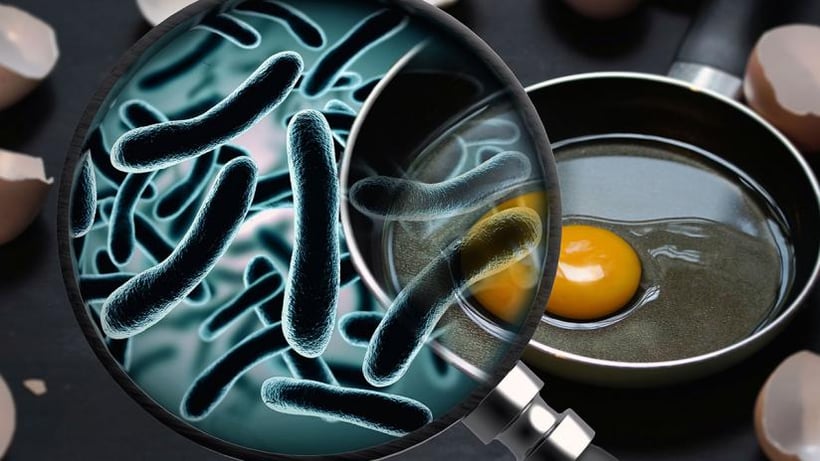
Salmonella infection, or salmonellosis, is a form of gastroenteritis caused by the Salmonella bacterium. People get sick with food-borne salmonellosis when they eat or drink contaminated food or water, or in some cases after being in contact with someone who is infected.
Border closures, physical distancing and a focus on personal hygiene likely all played a role in a marked decrease — 27 percent — in the notification rate of salmonellosis in 2020 in Australia compared to the previous five-year median.
In general, states and territories where more stringent measures to reduce the spread of COVID-19 were in place saw the most significant decrease of salmonellosis.
Study links COVID-19 restrictions, decreasing salmonellosis
An Australian Government Department of Health study looked at possible connections between COVID-19 safety protocols and decreased Salmonella rates. The study found that states and territories with more stringent and long-lasting public health measures in place generally had greater salmonellosis case reduction.
Salmonellosis rates vary across the country, with the highest reported rates in the Northern Territory, which the study states could mainly have to do with demographic and environmental factors.
Sources of Salmonella
In Australia, more than 70 percent of salmonellosis is thought to result from contaminated food. Salmonella bacteria typically infect livestock such as pigs, cows and chickens, and people tend to get sick after eating raw or undercooked meats and animal products that have been contaminated by the bacteria.
Salmonella outbreaks are most often linked to the following foods:
- Raw or undercooked meat, e.g. beef, pork, poultry
- Raw or undercooked eggs
- High-protein foods like fish, milk, custard and mayonnaise
Salmonellosis symptoms
Symptoms, which usually start and persist between two and seven days, include:
- Fever
- Diarrhoea
- Nausea and vomiting
- Loss of appetite and stomach cramps
- Headache
- Blood in stool
If a Food Handler reports these symptoms or has been diagnosed with salmonellosis, they must not work with food to avoid passing it on to other staff or customers. Managers should request a medical certificate before allowing them back to work. Better to be safe than sorry!
Methods for fighting COVID-19 may prevent Salmonella
Transmission is often caused by poor time and temperature control of high-risk foods. Foods containing Salmonella bacteria may not be stored or cooked in the right temperatures, letting the bacteria survive and anyone consuming the food to fall ill. Cooking food well kills pathogens and prevents sickness.
Much like with COVID-19, contracting salmonellosis can also often be prevented through thorough and effective hygiene practices. If a Food Handler with the infection doesn’t wash their hands properly, they can quickly cause a wide-spread food-borne illness outbreak.
Australian Institute of Food Safety (AIFS) members have access to food safety resources such as a fact sheet on Safe Cooking Temperatures and a poster displaying the Correct Hand Washing Method — along with much more information on food-borne illnesses and how to prevent them.
AIFS also offers a suite of courses to train Food Handlers, Food Safety Supervisors and Food Safety Managers in everything they need to know to work with food safely. Contact us to become a member or enroll in one of our nationally recognised courses.





